SURFING PREMIUM TEMPLATE
SURFING BASIS
SURFING PREMIUM TEMPLATE
THE SPRIT OF SURFING
Surfing is a sport with a rich history and a unique culture. Originating in ancient Polynesia, it has evolved into a popular activity worldwide. Surfing provides a sense of freedom and exhilaration, as riders connect with the power of the ocean and glide across the waves. The thrill of catching a wave and the adrenaline rush it brings have enchanted surfers for generations.
SURFING PREMIUM TEMPLATE
THE THRILL OF SURFING
Surfing is more than just a sport; it's a vibrant culture that revolves around the ocean. Surfers embody a laid-back lifestyle and value environmental consciousness. They form close-knit communities, sharing a love for the ocean and a respect for the natural world. Surfing also promotes personal growth and mindfulness. Embrace the journey of surfing, appreciating its thrills and the beauty of the ocean.
SURFING PREMIUM TEMPLATE
LIFE IS A WAVE
Catching a wave is a thrilling moment for surfers, and this section focuses on the techniques and strategies to successfully catch a wave and get the exhilarating ride started. Once you've successfully caught a wave, riding it with style and control is the next exciting step. This section covers the techniques and principles to ride a wave effectively.
CATCHING A WAVE
Timing: Timing is crucial in catching a wave. Position yourself in the lineup by paddling into the right spot just ahead of the wave's breaking point. Anticipate the wave's arrival and start paddling with determination as it approaches.
Paddle Power: Generate enough speed and momentum by paddling vigorously to match the speed of the wave. Use efficient paddling techniques, engaging your core and using long, powerful strokes to propel yourself forward.
Pop Up: Once you feel the wave lifting your board, quickly transition from paddling to the pop-up maneuver. Place your hands near your shoulders, extend your arms, and push your upper body up while bringing your legs underneath you. Find your balance and get into a proper surfing stance.
Angle and Trim: As you catch the wave, adjust your body position and angle to maximize your ride. Lean forward to gain speed or lean back to slow down. Shift your weight from side to side to maintain balance and control.
RIDING A WAVE
Bottom Turn: Perform a bottom turn by angling your board along the face of the wave, using your back hand to initiate the turn. This maneuver allows you to generate speed and set up for other maneuvers.
Trim and Pump: Maintain the right trim by adjusting your weight and body position on the board. Stay in the pocket of the wave, where the power is the strongest. Use subtle pumping motions to generate speed and maintain momentum.
Carving Turns: Carving turns involve leaning into the face of the wave and using your rail to execute smooth turns. Shift your weight and engage your lower body to control the board and maintain a fluid motion.
Cutbacks and Top Turns: Add style and variety to your ride by incorporating cutbacks and top turns. A cutback involves redirecting your board back towards the wave, while a top turn is an aggressive maneuver performed at the top of the wave. These maneuvers require timing, technique, and confidence.